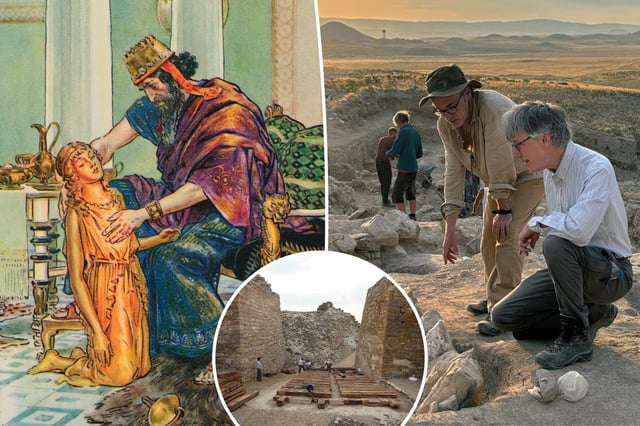Overview
- Excavation teams from the Penn Museum and Ankara Hacı Bayram Veli University spent four months at Gordion to unearth the intact Tumulus T-26 tomb southwest of Ankara.
- The burial chamber, dated to around 750 B.C., contained exceptionally preserved bronze vessels and iron tools that signal high status and wealth.
- Archaeologists recovered a pair of large bronze cauldrons believed to have served food and drink at a funeral feast alongside the cremated remains.
- This discovery marks the first example of an 8th-century cremation burial at Gordion, revealing a rare funerary practice among the Phrygian elite.
- Ongoing analyses backed by Turkey’s new year-round excavation program aim to map royal burial clusters and illuminate ancient trade networks in Anatolia.
